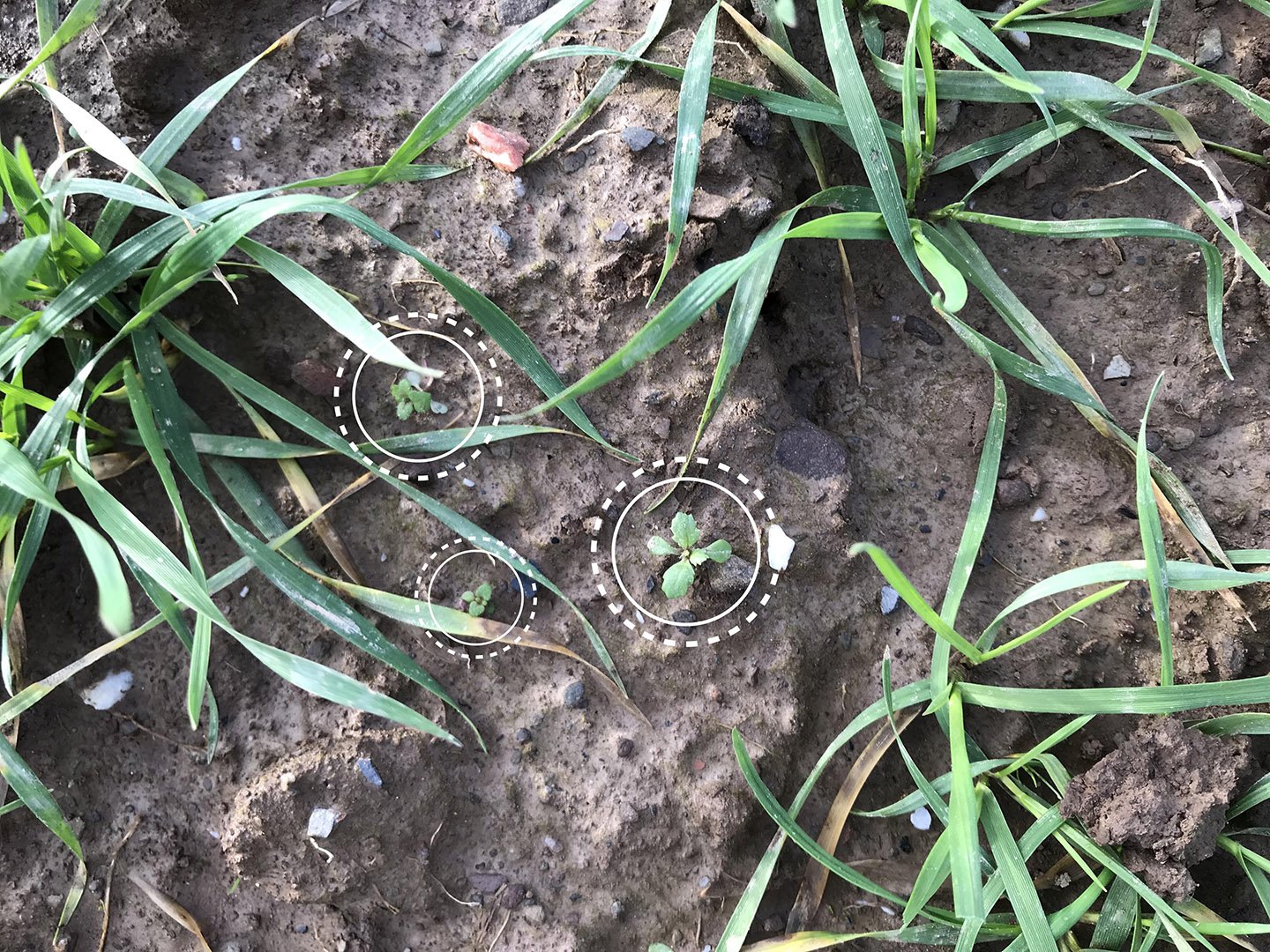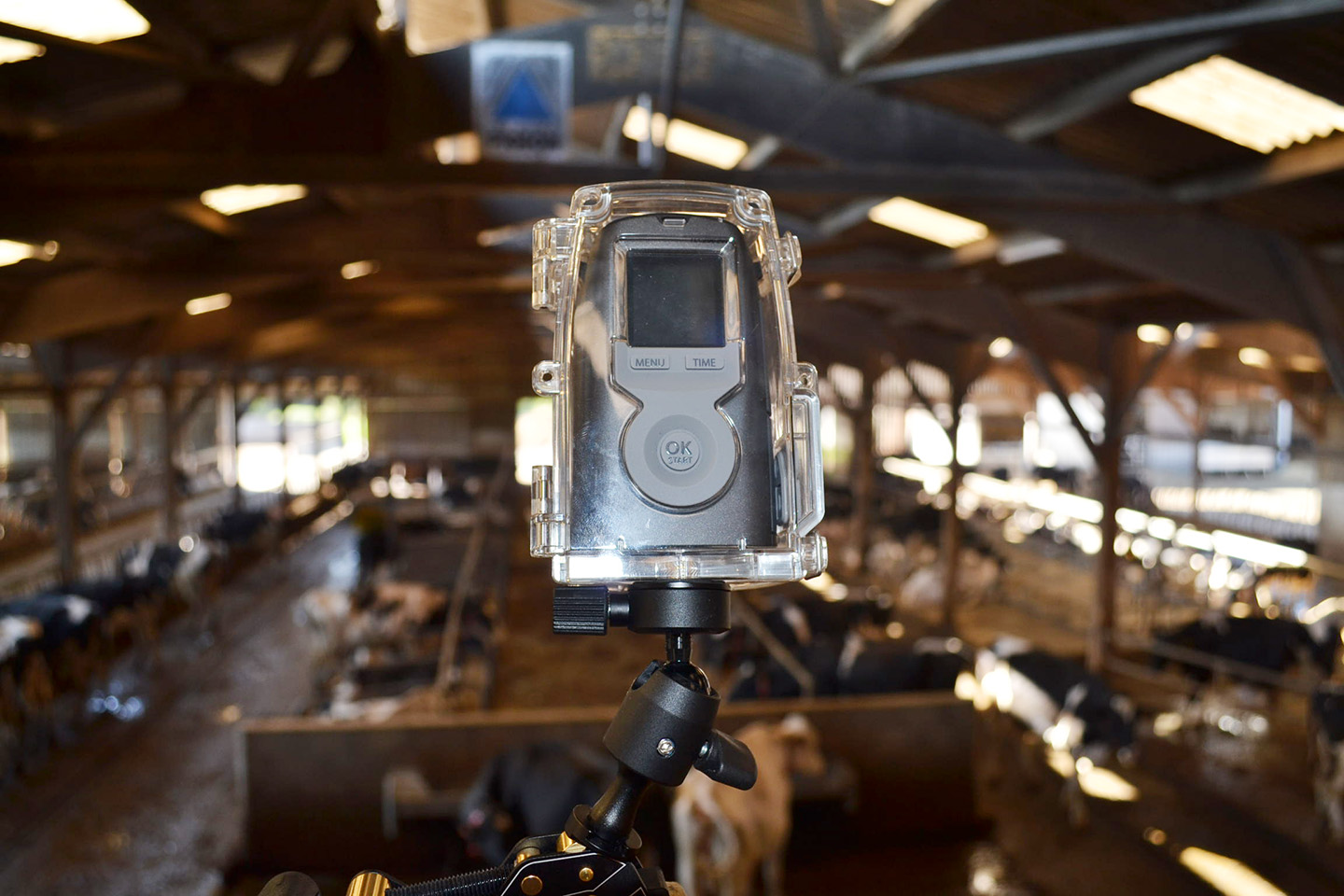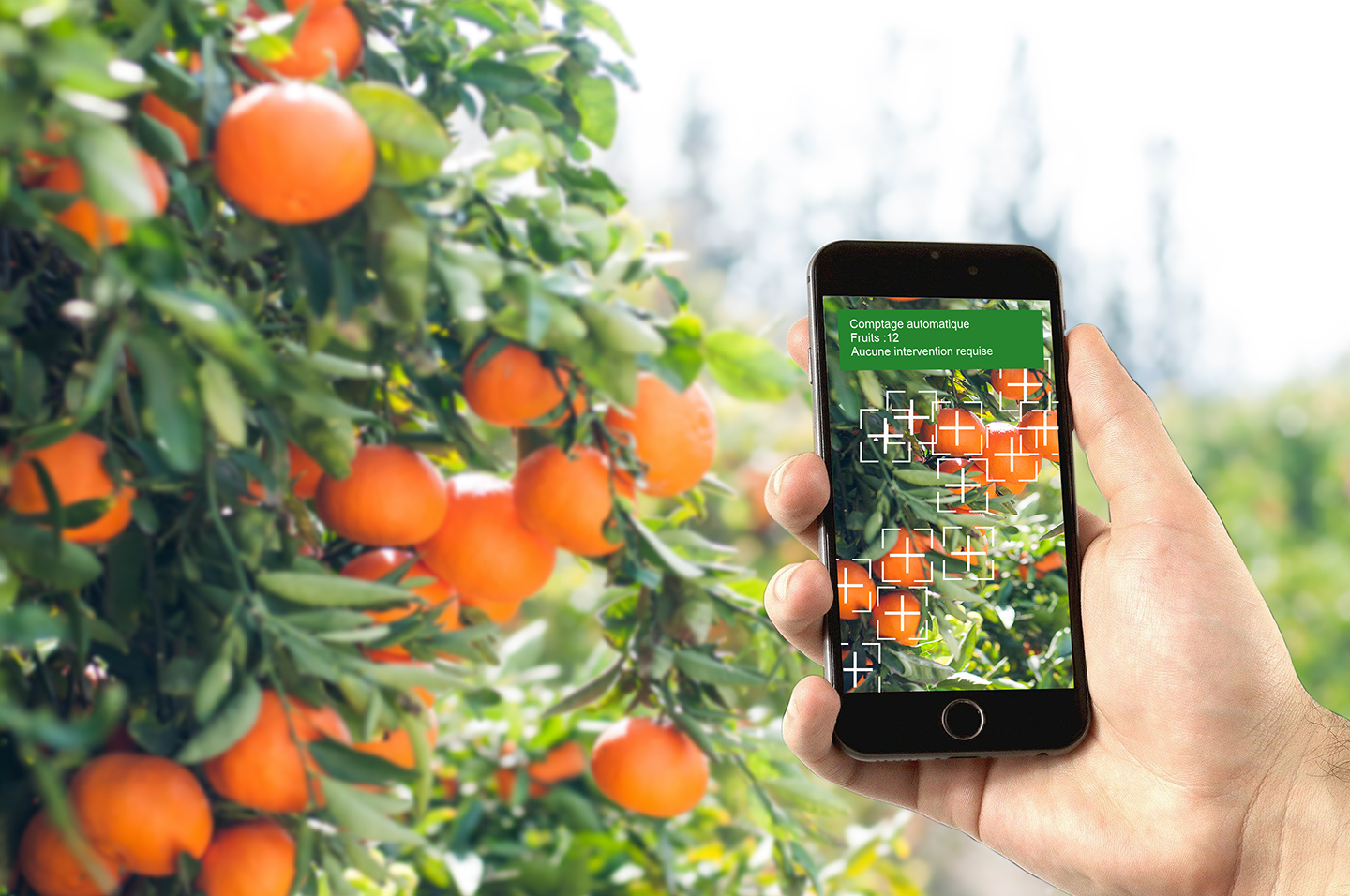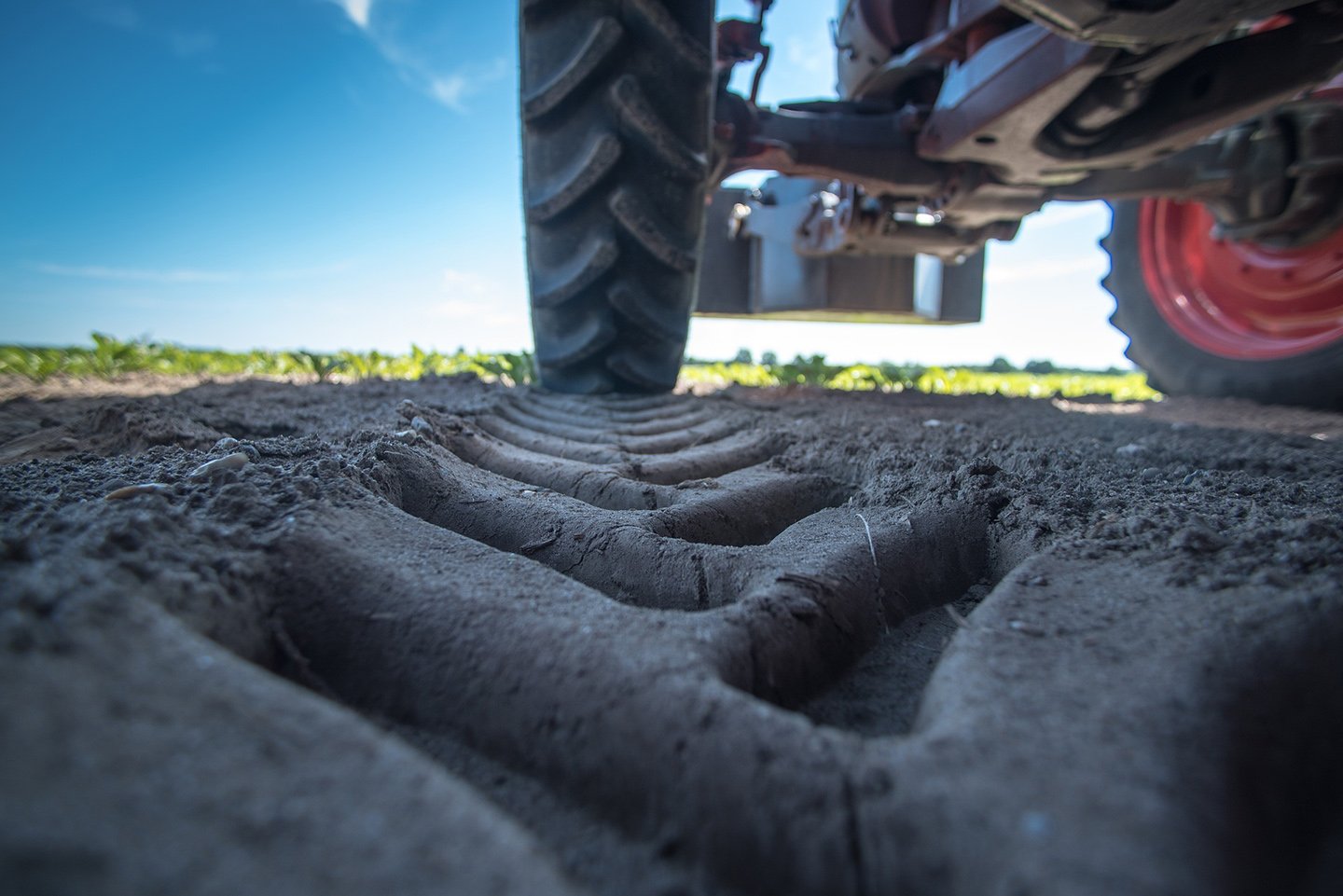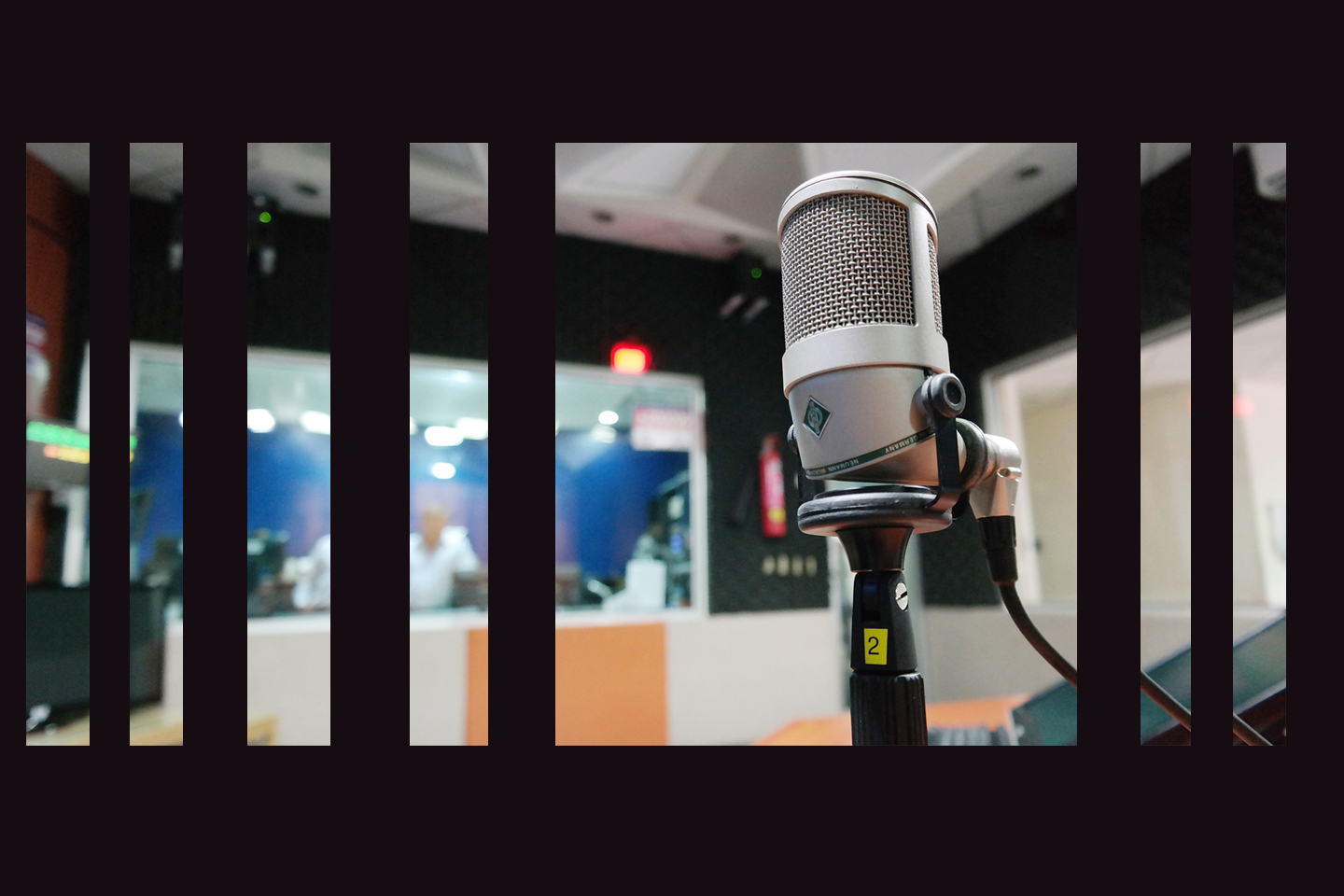Since the 18th century, agriculture has been constantly evolving, supported by the evolution of farming practices and the industrial revolution. Mechanization and the progress of synthetic chemistry have favored the transition from subsistence agriculture to commercial agriculture. This intensification of agriculture with the mechanization of tasks, the selection of varieties and the supply of fertilizers and phytosanitary products increased crop yields and brought food autonomy to developed countries (for example in France: the average wheat yield before 1950 was 13 q/ha compared to 70 q/ha today).
But environmental awareness and the demand for sustainable agriculture, as well as the continuing increase in the world's population, are pushing agricultural systems to produce better with fewer inputs. One way to achieve this is to address threats in the right place and at the right time.
What are the ground-breaking innovations today that make it possible to develop this high-precision agriculture and thus reduce the need for inputs/plant-care products ? How can artificial intelligence meet the requirements of French Ecophyto II+ plan (ie commitments made by the French government to achieve a reduction of 50% in the use of plant protection products by 2025.)? We will try and shed some light on the subject.
Why is intensive agriculture so dependent on inputs?
Cultivation systems too dependent on plant protection products
The poor valuation of some crops leads many farmers to keep their rotations short and not very diversified. These increase sanitary pressure to the point of making some production chains dependent on phytosanitary products. Stopping the marketing of these products then creates deep crises for these sectors, if they have not prepared for the future with alternative production methods.
The reduction in the number of active ingredients accelerates the development of resistance.
The European regulatory system, and in particular the French, are now setting increasingly strict standards for the marketing authorization of plant protection products. As public opinion in France is becoming increasingly aware of these issues, the French authority has often been further than European regulations by banning substances in the name of the precautionary principle (prohibition of the use of neonicotinoids, future ban on glyphosate, etc.).
This reduction in the number of active ingredients does not mean a reduction in the use/consumption of plant protection products, but a concentration on molecules with the same modes of action. And it also increases the risk of resistance due to increased selection pressure.
Although enormous progress is being made on variety tolerance and research on bio-control products, intensive cropping systems are still too dependent on plant protection products whose levels of effectiveness are eroding due to the emergence of resistance.
Only breakthrough innovations will enable farmers to produce as much or even better by reaching the target of reducing plant protection products by 50% before 2025.
Replace/Substitute the value of phytosanitary products with an offer of services
In addition to the dependency of intensive cropping systems, an obstacle to the reduction of plant protection products (PPPs) is their high profitability for the players in agricultural distribution. This is why the government has planned the forced division of sales and consultative/technical advice.
It is therefore essential that the service offer based on innovations can compensate, in part, for the financial loss induced by the drop in consumption of plant protection products. This is the raison d'être of the Dilepix business model.
Can the artificial intelligence revolution help farmers reduce inputs?
Artificial intelligence is based on computer learning: "machine learning". This learning can be done on numerical data, in order to model biological/weather processes and thus create predictive models.
In the field of image analysis, this learning is more advanced; we then speak of "deep learning". This is the approach that Dilepix is currently developing to build its own neural networks, dedicated to computer vision in the agricultural sector. These neural networks, specialized on agricultural issues, allow for the detection of situations of interest (threats or opportunities) through image and video analysis.
Thanks to artificial intelligence, this detection allows the generation of data that can be used for several purposes:
- Measuring crop health and the evolution of yield components.
- Understanding the dynamics of appearance and evolution of threats according to weather conditions and technical itinerary of the plot (tillage, rotation, fertilization and phytosanitary interventions...).
- Controlling the action in a very targeted manner, by mechanical or chemical means.

How to capture data ?
Over the past two decades, remote sensing has optimized fertilization management by observing plots from space. On the other hand, in order to optimize the use of plant protection products, it is necessary to be able to observe insects or seedlings closely. This requires the use of sensors close to the ground. This is known as proxy detection.
Proxy detection is carried out using an acquisition system that corresponds to a vector-sensor combination. By vector, we mean all moving media carrying the sensor: Human, tractor, sprayer, robot, drone, etc.. And by sensor, we mean all visual data acquisition devices: RGB camera, multispectral camera, thermal camera, LiDAR, etc.
One of the current challenges is to determine for each analysis, the acquisition system that offers the best accuracy and the best profitability/roi.
Better monitoring and understanding of plot dynamics
Data collection can be spread out from seedling to harvest. It can be used to monitor the progress of the crop by measuring health and yield indicators, or to track the emergence and evolution of threats such as deficiencies, diseases, insects pests and weeds.
The data, when generated early in the crop cycle, can be used to enrich or evaluate predictive models that will help farmers to better manage their plots by intervening at the right time, or even to implement prophylactic measures to limit the need for intervention.
Coupled with precise location, detection enables the generation of threat maps. These maps are then simply loaded into the device, which will carry out the corrective action in the right place, either by mechanical or chemical means.
Data generated in real time allows for the action to be controlled but without ensuring that the action was taken at the right time. However, this does not prevent the generation of data that can be analyzed afterwards.
High-precision farming, or how to control the action with pinpoint accuracy
The most advanced developments are focused on precision spraying, since it has the advantage of placing sensors on the sprayer boom, thus offering an optimal coverage rate of the crop. If this analysis is done in real time, the neural networks must detect threats and control the individual opening and closing of the sprayer nozzles in a very short time.

The main technological challenges for real-time analysis are the computing power required by each camera to process the signal efficiently and the need to use direct injection. It is, indeed, difficult to predict beforehand the amount of crop protection agent and mixture required for the application.
In addition to generating data for modeling, the upstream approach makes it possible to override these two constraints and to envisage applications with less costly adaptations for the current fleet/generation of sprayers.
The first results show savings of between 50% and 80% in phytosanitary products. This makes it possible to consider these solutions as an effective way of reaching the target of Ecophyto II+ if economic profitability is also there. This will require that "intelligent" sprayers are affordable and that the price of plant protection products does not soar.
This approach to intra-plot modulation can also be applied to electric or steam weeding.
Other solutions use sensing to control mechanical weeding actions through very precise guidance. These solutions have the advantage of being completely free of phytosanitary products but use more fuel, achieve lower output and are therefore developed primarily on robotic platforms.
In conclusion, many levers such as varietal improvement, the adaptation of cultivation techniques and cropping systems have allowed a positive evolution towards the reduction of plant protection products in a system of integrated agriculture. However, it is thanks to the revolution in artificial intelligence .But it is thanks to the revolution of Artificial Intelligence and all its applications that we will be able to envisage achieving the Ecophyto II+ reduction target within 5 years
